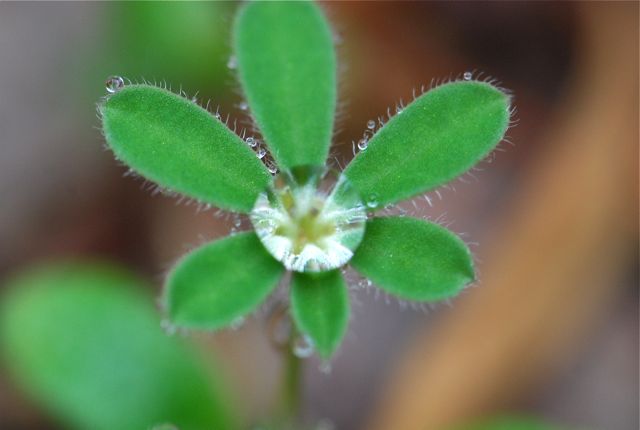When we looked for insects today, we found some insect eggs on our lemon leaves. What are they?
Lacewing Life Cycle
Can you see the egg? It is the white oval on the hair-like stalk.

The insect that laid this egg was featured as “Bug of the Week” early on. It is the beautiful green lacewing adult.

The egg has actually hatched, because it is white and the end is open. The lacewing larva that crawled out probably looks something like this on I found on June 18.

When the larva has finished development, it spins a cocoon around itself, forming what looks almost like a spider egg case. In fact, I’m sure a lot of green lacewings are destroyed each year due to mistaken identity.
My son and I found this lacewing cocoon underneath a bird’s nest that fell out of a tree last week.

The green lacewing is a beautiful, beneficial insect that goes through a lot of changes during its life cycle.
For more information for kids, try:
Nature Close-Up – Ant Lions and Lacewings by Elaine Pascoe
Disclosures: The book was from our local library. Also, I am an affiliate for Amazon. If you click through the linked titles or ads and make a purchase, I will receive a small commission at no extra charge to you. Proceeds will be used to maintain this self-hosted blog.









